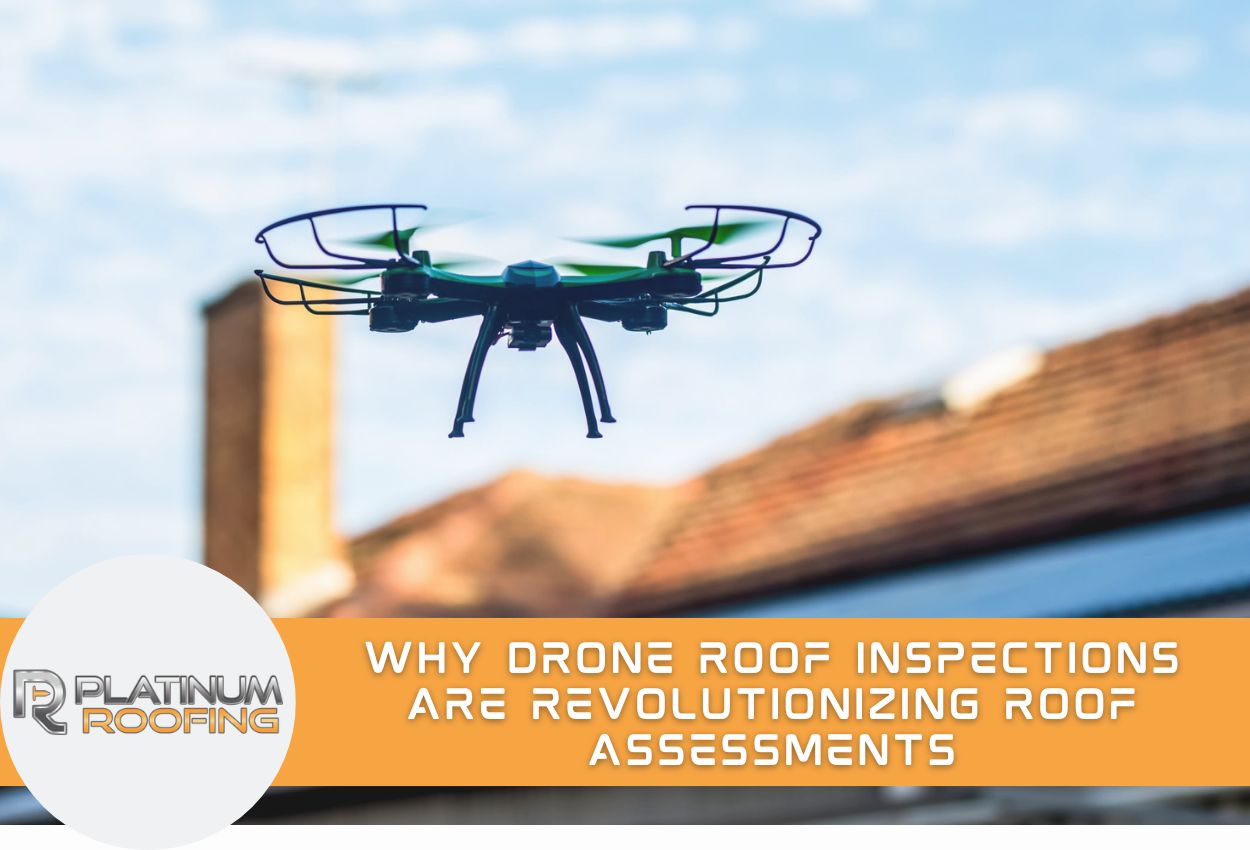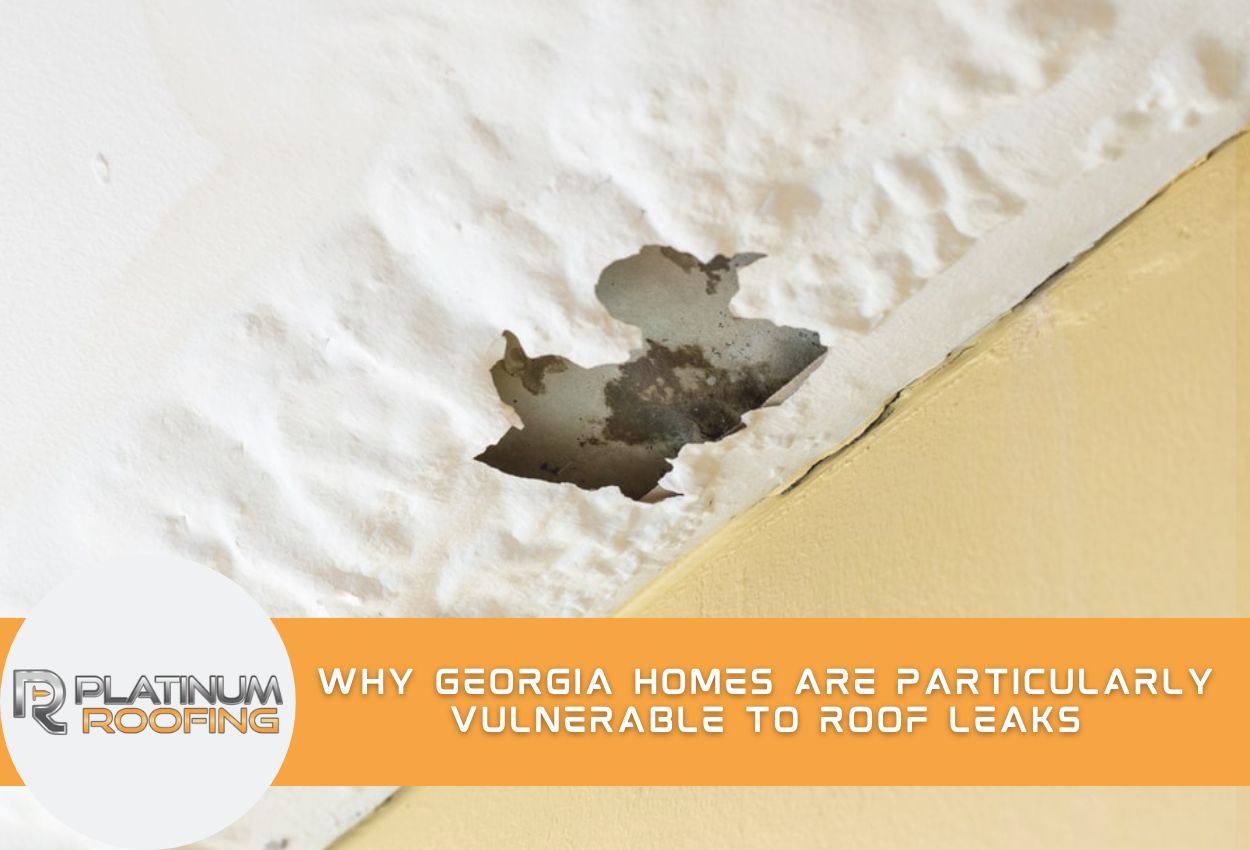Duro-Last is a well-known manufacturer of commercial roofing systems that is popular among property owners seeking reliable protection for their buildings. Their roofing solutions are single-ply membranes that are specifically designed to address the unique challenges faced by commercial flat roof applications.
The foundation of Duro-Last roofs is its thermoplastic roofing membrane technology. Unlike traditional roofing materials such as built-up roofing or modified bitumen, Duro-Last systems utilize a prefabricated membrane that arrives at the job site ready for installation. This white reflective roofing material offers superior energy efficiency by reflecting heat away from the building, potentially reducing cooling costs during warmer months.
Property owners choose Duro-Last roofing systems because they provide exceptional durability and weather resistance. The membrane’s custom fabrication process means fewer seams on the roof surface, which translates to reduced potential leak points. Commercial flat roof materials like those from Duro-Last are engineered to withstand any weather conditions, including strong winds, hail, and seasonal temperature changes, that can compromise other roofing types. The system’s proven track record in commercial applications makes it a trusted choice for warehouses, retail centers, office buildings, and manufacturing facilities across various industries.
The Science Behind Single-Ply Membrane Construction
The engineering behind Duro-Last’s thermoplastic roofing membrane involves advanced polymer chemistry that creates exceptional performance over decades of service. This single-ply membrane roofing system utilizes thermoplastic materials that maintain flexibility across extreme temperature ranges while providing robust structural integrity. The molecular structure of these materials allows the membrane to expand and contract with building movement without compromising its waterproof barrier.
Thermoplastic roofing membranes achieve their durability through a specialized manufacturing process that bonds multiple layers of synthetic materials under controlled heat and pressure conditions. This process creates a homogeneous membrane that resists UV radiation, ozone exposure, and chemical deterioration from environmental pollutants. The white reflective roofing surface incorporates titanium dioxide pigments that maintain their reflective properties over decades of exposure.
What sets this Duro-Last roofing system apart from other commercial flat roof materials is its prefabrication methodology. Each membrane section is custom-manufactured in climate-controlled facilities using precise measurements taken from the specific roof structure. This controlled environment allows for consistent seam welding and quality control that cannot be replicated during field installation. The thermoplastic material’s ability to create permanent chemical bonds between membrane sections through heat welding ensures long-term performance. This manufacturing approach eliminates many variables that affect traditional roofing installations, resulting in superior weather resistance and extended service life for commercial applications.
Why Duro-Last Works Best on Commercial Flat Roof Applications
Duro-Last roofing systems incorporate specific design features that make them exceptionally well-suited for low-slope and flat commercial buildings. The thermoplastic roofing membrane’s lightweight construction places minimal stress on building structures, while its fully adhered installation method creates a continuous waterproof barrier across the entire roof surface. This single-ply membrane roofing approach eliminates the multiple layers required by traditional built-up systems, reducing both material weight and installation complexity.
Commercial flat roof materials must withstand ponding water, which frequently occurs on low-slope surfaces. The Duro-Last system’s chemical resistance and waterproof integrity remain uncompromised even when standing water persists for extended periods. The membrane’s heat-welded seams create bonds stronger than the base material itself, ensuring no water penetration occurs at connection points between membrane sections.
This white reflective roofing system significantly reduces labor time during installation while improving your building’s long-term performance. The prefabricated nature of Duro-Last membranes means most seaming work occurs off-site in controlled manufacturing environments, leaving minimal field welding for installers to complete. This approach reduces weather-related installation delays and ensures consistent seam quality regardless of job site conditions. The system’s ability to install over existing roof surfaces in many applications eliminates expensive tear-off procedures, reducing project timelines and minimizing business disruption.
Energy Efficiency Benefits of White Reflective Roofing Technology
The white reflective roofing surface of Duro-Last systems delivers substantial energy savings through its advanced solar reflectance properties. This thermoplastic roofing membrane reflects solar radiation away from the building surface, preventing heat absorption that typically occurs with darker roofing materials. The bright white surface maintains lower membrane temperatures throughout peak summer months, reducing the thermal load transferred into the building interior.
Building owners often experience measurable reductions in cooling costs when this single-ply membrane roofing system replaces traditional dark-colored materials. The reflective properties of commercial flat roof materials like Duro-Last membranes can decrease surface temperatures by 50 degrees Fahrenheit or more compared to conventional asphalt systems. This temperature reduction translates directly into decreased demand on HVAC equipment, allowing cooling systems to operate more efficiently and consume less electricity during peak demand.
Indoor comfort levels can improve significantly with the installation of reflective roofing technology. The reduced heat transfer through the roof structure creates more stable interior temperatures and eliminates hot spots that commonly develop beneath traditional roofing systems. HVAC systems benefit from reduced runtime cycles, lower maintenance requirements, and extended equipment lifespan due to decreased operational stress. A Duro-Last roofing system’s energy efficiency characteristics help commercial buildings achieve better environmental ratings while providing tangible utility savings that improve property operating margins over the membrane’s service life.
Durability and Weather Resistance in Georgia and Alabama Climates
The challenging climate throughout the South requires the highest quality commercial flat roof materials, making a Duro-Last roofing system a great choice for regional applications. This thermoplastic roofing membrane has remarkable strength against high temperatures that routinely exceed 95 degrees Fahrenheit during summer. The membrane’s molecular structure remains stable under intense heat exposure, preventing the thermal degradation that commonly affects other roofing materials in extreme temperature environments.
Humidity levels in Georgia and Alabama can stress even the strongest single-ply membrane roofing systems, as moisture infiltration can compromise structural integrity over time. The Duro-Last system’s heat-welded seams and chemical resistance provide superior protection against moisture, even during extended periods of high humidity and frequent precipitation. The membrane’s ability to shed water efficiently prevents the accumulation that leads to premature deterioration in other commercial roofing systems.
Severe weather, including thunderstorms, high winds, and occasional hurricanes, tests the limits of any roofing system. The flexible nature of this white reflective roofing material allows it to accommodate building movement during high winds without tearing or compromising waterproof integrity. Wind uplift resistance ratings exceed industry standards, providing building owners with confidence during severe weather seasons. The membrane’s impact resistance protects against hail damage that frequently occurs during intense storm systems common to the region.
UV protection capabilities are perhaps the most critical performance factor for roofing systems in the South’s consistently sunny environment. Duro-Last roofing systems incorporate advanced UV stabilizers that prevent polymer chain breakdown over decades of continuous sun exposure, ensuring long-term performance without premature replacement costs.
Maintenance Requirements and Long-Term Performance Expectations
Maintaining your Duro-Last roofing system ensures maximum return on investment while preserving the membrane’s exceptional performance characteristics. The thermoplastic roofing membrane requires minimal routine care compared to traditional commercial flat roof materials, making it an attractive choice for property managers seeking low-maintenance solutions. Inspections should be conducted quarterly, with semi-annual detailed examinations of more vulnerable areas, including penetrations, seams, and drainage components.
Cleaning procedures for this white reflective roofing surface involve simple washing with mild detergent solutions to remove accumulated dirt and debris that can reduce energy efficiency. Power washing equipment effectively restores the membrane’s reflective properties without damaging the thermoplastic material, though proper pressure settings and cleaning agents must be used to avoid surface damage. Keeping drainage systems clear of leaves and debris prevents ponding water that could stress the membrane over time.
The single-ply membrane roofing design allows for straightforward repair procedures when minor damage occurs. Small punctures or tears can typically be addressed through patch applications using compatible thermoplastic materials and heat welding techniques. The membrane’s ability to accept permanent repairs without compromising surrounding areas means isolated damage rarely requires complete section replacement. Professional contractors can restore the roof’s integrity through targeted repairs, extending the system’s service life while maintaining warranty coverage.
Is a Duro-Last Membrane Right for Your Commercial Roofing Project?
Selecting the right roofing system requires looking at multiple factors that will impact both immediate installation costs and long-term building performance. When comparing Duro-Last roofing systems to other commercial flat roof materials, property owners should assess their specific building requirements, environmental conditions, and operational goals. This thermoplastic roofing membrane technology offers distinct advantages over traditional built-up systems, modified bitumen, and EPDM alternatives, particularly in applications where energy efficiency and minimal maintenance are priorities.
Your region’s climate should influence the roofing material you choose, especially when evaluating single-ply membrane roofing options. The white reflective roofing capabilities of Duro-Last systems provide significant benefits in hot climates where cooling costs represent substantial operational expenses. Building age, structural capacity, and existing roof conditions influence whether tear-off procedures are necessary or if the new membrane can be installed over existing materials. The building’s intended use, foot traffic patterns, and equipment installations also affect which commercial roofing solution will deliver optimal performance.
Working with qualified roofing contractors ensures proper installation techniques are used and maintains manufacturer warranty coverage throughout the membrane’s service life. Certified installers possess specialized training in thermoplastic roofing membrane installation, including substrate preparation, adhesive application, and heat welding techniques. The contractor you choose should have experience with the specific Duro-Last roofing system rather than general commercial roofing knowledge, as installation methods vary significantly between different membrane types. Reputable contractors provide comprehensive project documentation, warranty registration, and ongoing maintenance support that protects your investment while ensuring compliance with manufacturer specifications.
Discover Duro-Last Roofing with Platinum Roofing
If you’re looking for a roofing solution that stands up to the sometimes harsh weather conditions in Georgia and Alabama, consider a Duro-Last roofing system. Known for its exceptional durability and weather resistance, Duro-Last membranes are specifically designed to withstand high temperatures, humidity, and severe weather events prevalent in the South. Its white reflective surface not only enhances energy efficiency by reflecting sunlight but also significantly reduces air conditioning use, making it a smart choice for commercial flat roof applications.
At Platinum Roofing, we specialize in the expert installation of Duro-Last roofing systems, ensuring that your commercial property benefits from top-tier materials and craftsmanship. Don’t settle for less when it comes to protecting your investment. Call us today at (229) 561-3107 to discuss your roofing needs and how we can help you achieve the best long-term performance with a Duro-Last roof.






